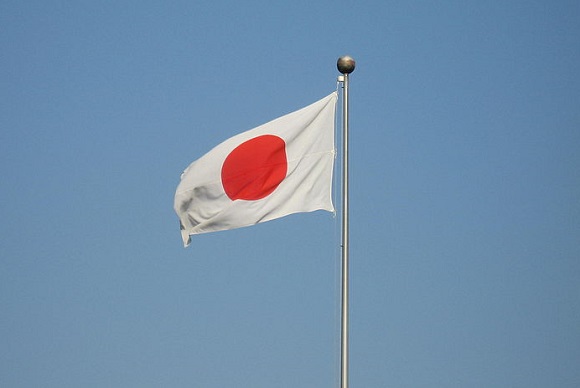
“Happy birthday to you! Happy birthday to you! Happy birthday, dear Jaaapaaaan! Happy birthday to you!!! Yah! Now, blow out your candles! All 2,674 of them!”
Today is a national holiday here in Japan: It’s Kenkoku Kinenbi, or National Foundation Day in English. The day is a celebration of the foundation of Japan, which occurred on February 11 in 660 BCE.
Or was it?!
▼ Emperor Jimmu, the first emperor of Japan and possible ancestor of Davy Crockett
According to legend, Japan is the oldest country in the world, having existed since its founding by Emperor Jimmu in 660 BCE. This is, of course, based off of the myth recorded in the Kojiki, the earliest extant work of Japanese history available to us, but even the CIA World Factbook lists the date as the “traditional date of the founding of the nation by Emperor Jimmu.” Of course, the problem here is that while the Kojiki may be partly based on fact, it’s impossible to say how much, and it’s possible that “Emperor Jimmu” never existed!
▼ But if the CIA says it, it must be true!
Still, February 11, 660 BCE is commonly accepted as the cultural founding of Japan–though the earliest “historically real” emperor is identified as Emperor Ōjin, who is believed to have ruled from around 270 to 310 CE. Following this, Emperor Kimmei is the earliest Japanese emperor with confirmed dates of rule: From 539 to 571.
▼ Emperor Ōjin, doing his best ZZ Top impression
Of course, Japan in the sixth century was a completely different place than what we normally think of as “Japan” today. At that time, no one would have even recognized the name–it was called “Yamato” and the Emperor’s rule over the archipelago wasn’t absolute. However, you could justifiably say that this was the beginning of Japanese society as we know it today thanks to the formal introduction of Buddhism to Japanese society.
▼ The red section roughly marks the area controlled by the emperor during the Yamato period.
A great stretch of time lies between the Yamato period and today, during which time the Japanese archipelago underwent violent social upheavals in the form of multiple civil wars. While the Imperial line managed to survive, the claim that it has remained unbroken since 660 BCE is slightly overstated, as the Nanboku-cho, a period of time during which there were two emperors in Japan, established a tradition whereby successive emperors were alternately selected from the two lines.
▼ Emperor Go-daigo, the cause of a whole lot of trouble!
But for many historians, Japan didn’t actually come into existence until the ratification of the Meiji Constitution on November 29, 1890, which established a constitutional monarchy. On the other hand, the Meiji government fell with the end of World War II, after which the current Japanese government was established on May 3, 1947, founding what many historians think of as Japan.
▼ Emperor Meiji, knowing he looks super fly.
So, where does all this leave us? Well, it really depends on what you consider a country to be! If you think of a country purely in terms of government, then Japan is less than a century old. But few people would think of country solely in political or geographic terms. While the concept of the nation-state is a relatively modern invention, there has long existed the very visceral feeling of a country as being a shared cultural experience–standing on the shoulders of giants as it were. And it is that definition of country which best fits Japan, a county with a long and grand history and culture!
So, even if Emperor Jimmu wasn’t real, and even if no one actually knows when Japan was founded, we still like to think of this day, 2,674 years ago, as the birth of one of the craziest, wildest, most exciting, and most beautiful places on earth.
Happy birthday, Japan! Here’s to a couple more millennia!
Sources and images: CIA World Factbook, Naver Matome, Wikipedia (Emperor Jimmu, Emperor Ōjin, Yamato Period, Emperor Godaigo, Emperor Meiji, Flag of Japan)

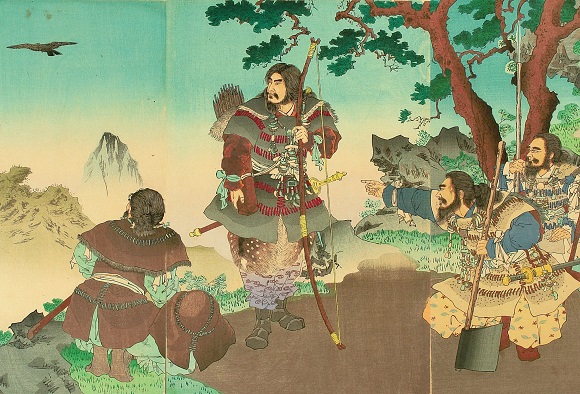

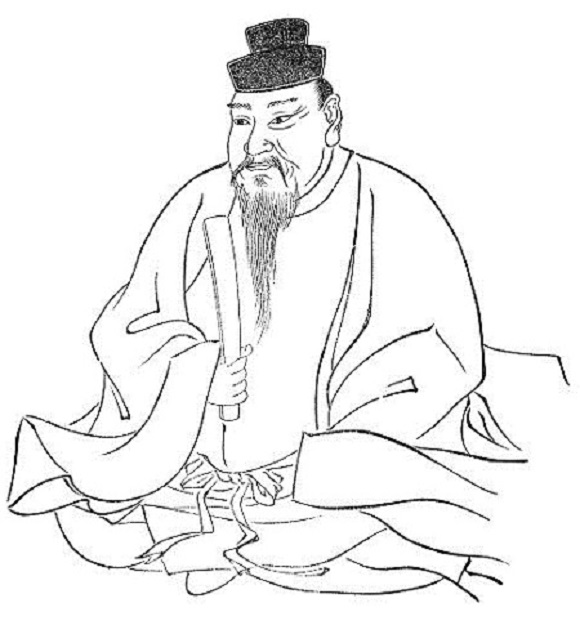
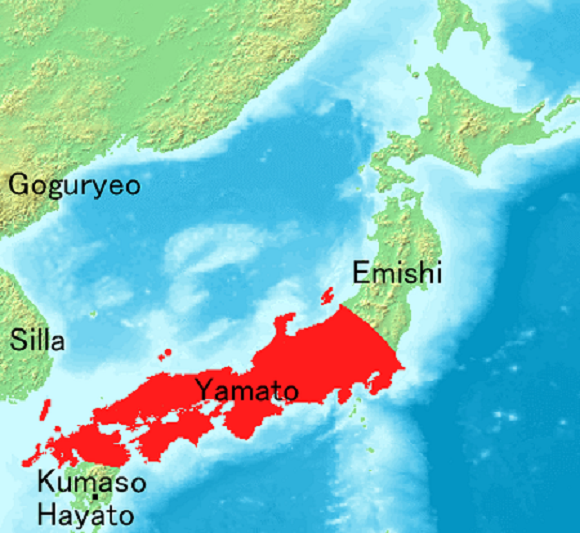
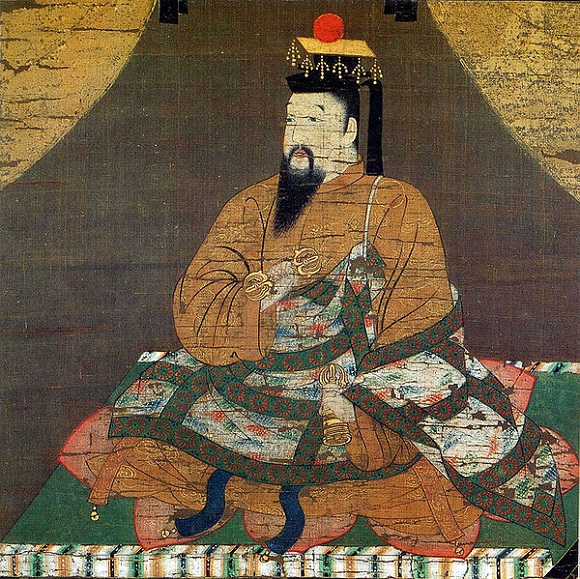
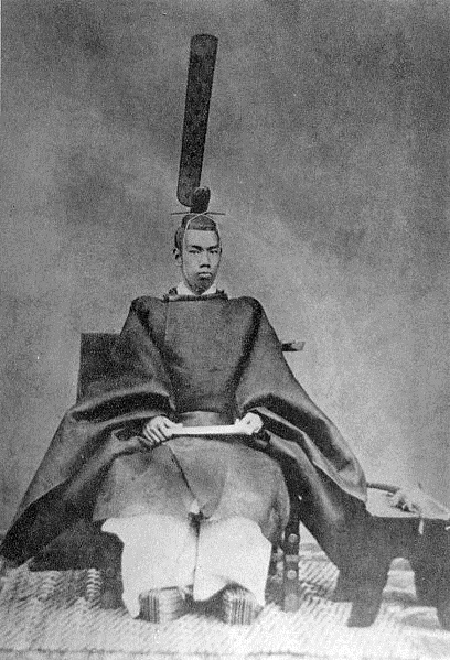
 Emperor Akihito hints at abdication of throne in new video message
Emperor Akihito hints at abdication of throne in new video message Christian groups in Japan criticize emperor’s ascension ceremony as violation of constitution
Christian groups in Japan criticize emperor’s ascension ceremony as violation of constitution Japanese Emperor abdication date revealed by government officials in new report
Japanese Emperor abdication date revealed by government officials in new report J-Pop singer to perform song written and composed by the emperor and empress at upcoming ceremony
J-Pop singer to perform song written and composed by the emperor and empress at upcoming ceremony Emperors, anime icons, and porn stars show up in six-nation survey of most famous Japanese people
Emperors, anime icons, and porn stars show up in six-nation survey of most famous Japanese people Foreigner’s request for help in Tokyo makes us sad for the state of society
Foreigner’s request for help in Tokyo makes us sad for the state of society Japanese city loses residents’ personal data, which was on paper being transported on a windy day
Japanese city loses residents’ personal data, which was on paper being transported on a windy day Ghibli Park now selling “Grilled Frogs” from food cart in Valley of Witches
Ghibli Park now selling “Grilled Frogs” from food cart in Valley of Witches McDonald’s new Happy Meals offer up cute and practical Sanrio lifestyle goods
McDonald’s new Happy Meals offer up cute and practical Sanrio lifestyle goods Historical figures get manga makeovers from artists of Spy x Family, My Hero Academia and more
Historical figures get manga makeovers from artists of Spy x Family, My Hero Academia and more Akihabara pop-up shop sells goods made by Japanese prison inmates
Akihabara pop-up shop sells goods made by Japanese prison inmates Anime girl English teacher Ellen-sensei becomes VTuber/VVTUber and NFT
Anime girl English teacher Ellen-sensei becomes VTuber/VVTUber and NFT Red light district sushi restaurant in Tokyo shows us just how wrong we were about it
Red light district sushi restaurant in Tokyo shows us just how wrong we were about it Pokémon Sleep camping suite and guestrooms coming to Tokyo Hyatt along with giant Snorlax burgers
Pokémon Sleep camping suite and guestrooms coming to Tokyo Hyatt along with giant Snorlax burgers Harajuku Station’s beautiful old wooden building is set to return, with a new complex around it
Harajuku Station’s beautiful old wooden building is set to return, with a new complex around it Japanese ramen restaurants under pressure from new yen banknotes
Japanese ramen restaurants under pressure from new yen banknotes French Fries Bread in Tokyo’s Shibuya becomes a hit on social media
French Fries Bread in Tokyo’s Shibuya becomes a hit on social media Studio Ghibli releases new action figures featuring Nausicaä of the Valley of the Wind characters
Studio Ghibli releases new action figures featuring Nausicaä of the Valley of the Wind characters New private rooms on Tokaido Shinkansen change the way we travel from Tokyo to Kyoto
New private rooms on Tokaido Shinkansen change the way we travel from Tokyo to Kyoto Tokyo Tsukiji fish market site to be redeveloped with 50,000-seat stadium, hotel, shopping center
Tokyo Tsukiji fish market site to be redeveloped with 50,000-seat stadium, hotel, shopping center All-you-can-drink Starbucks and amazing views part of Tokyo’s new 170 meter-high sky lounge
All-you-can-drink Starbucks and amazing views part of Tokyo’s new 170 meter-high sky lounge Beautiful Ghibli sealing wax kits let you create accessories and elegant letter decorations【Pics】
Beautiful Ghibli sealing wax kits let you create accessories and elegant letter decorations【Pics】 Studio Ghibli releases Kiki’s Delivery Service chocolate cake pouches in Japan
Studio Ghibli releases Kiki’s Delivery Service chocolate cake pouches in Japan New definition of “Japanese whiskey” goes into effect to prevent fakes from fooling overseas buyers
New definition of “Japanese whiskey” goes into effect to prevent fakes from fooling overseas buyers Our Japanese reporter visits Costco in the U.S., finds super American and very Japanese things
Our Japanese reporter visits Costco in the U.S., finds super American and very Japanese things Studio Ghibli unveils Mother’s Day gift set that captures the love in My Neighbour Totoro
Studio Ghibli unveils Mother’s Day gift set that captures the love in My Neighbour Totoro More foreign tourists than ever before in history visited Japan last month
More foreign tourists than ever before in history visited Japan last month New Pokémon cakes let you eat your way through Pikachu and all the Eevee evolutions
New Pokémon cakes let you eat your way through Pikachu and all the Eevee evolutions Sales of Japan’s most convenient train ticket/shopping payment cards suspended indefinitely
Sales of Japan’s most convenient train ticket/shopping payment cards suspended indefinitely Sold-out Studio Ghibli desktop humidifiers are back so Totoro can help you through the dry season
Sold-out Studio Ghibli desktop humidifiers are back so Totoro can help you through the dry season Japanese government to make first change to romanization spelling rules since the 1950s
Japanese government to make first change to romanization spelling rules since the 1950s Ghibli founders Toshio Suzuki and Hayao Miyazaki contribute to Japanese whisky Totoro label design
Ghibli founders Toshio Suzuki and Hayao Miyazaki contribute to Japanese whisky Totoro label design Doraemon found buried at sea as scene from 1993 anime becomes real life【Photos】
Doraemon found buried at sea as scene from 1993 anime becomes real life【Photos】 Tokyo’s most famous Starbucks is closed
Tokyo’s most famous Starbucks is closed One Piece characters’ nationalities revealed, but fans have mixed opinions
One Piece characters’ nationalities revealed, but fans have mixed opinions We asked a Uniqlo employee what four things we should buy and their suggestions didn’t disappoint
We asked a Uniqlo employee what four things we should buy and their suggestions didn’t disappoint Princesses, fruits, and blacksmiths: Study reveals the 30 most unusual family names in Japan
Princesses, fruits, and blacksmiths: Study reveals the 30 most unusual family names in Japan Donald Trump will probably be the first foreign leader to meet with Japan’s new emperor
Donald Trump will probably be the first foreign leader to meet with Japan’s new emperor What it’s like inside a $3,000 a night Japanese hotel room 【Video】
What it’s like inside a $3,000 a night Japanese hotel room 【Video】 Japanese government proposes driver’s license change to make them easier for foreigners to read
Japanese government proposes driver’s license change to make them easier for foreigners to read Coca-Cola’s new limited-edition Japan travel destination bottles highlight history and culture
Coca-Cola’s new limited-edition Japan travel destination bottles highlight history and culture Pokémon GO player claims his in-game snapshot shows Japan’s new emperor and Pikachu together
Pokémon GO player claims his in-game snapshot shows Japan’s new emperor and Pikachu together Japanese right-wing nationalists send a message to Donald Trump in Japan
Japanese right-wing nationalists send a message to Donald Trump in Japan Japanese Emperor’s abdication date to be decided next month, expected later than initial reports
Japanese Emperor’s abdication date to be decided next month, expected later than initial reports How to convert the Western calendar to Japanese Reiwa years
How to convert the Western calendar to Japanese Reiwa years Japanese town’s mascot character may be a man dressed in women’s clothing, possibly on purpose
Japanese town’s mascot character may be a man dressed in women’s clothing, possibly on purpose Police respond to explosion, suspected bombing at Yasukuni Shrine in central Tokyo
Police respond to explosion, suspected bombing at Yasukuni Shrine in central Tokyo Japanese government to outlaw carrying unbound knives on trains starting next year
Japanese government to outlaw carrying unbound knives on trains starting next year Check out the ball-handling skills of classical Japanese aristocrats with this new video
Check out the ball-handling skills of classical Japanese aristocrats with this new video Japan issuing beautiful new coins to celebrate Emperor Naruhito’s enthronement
Japan issuing beautiful new coins to celebrate Emperor Naruhito’s enthronement Confusion as Imperial official denies rumors that Japan’s Emperor Akihito plans to step down
Confusion as Imperial official denies rumors that Japan’s Emperor Akihito plans to step down Sword of one of Japan’s last samurai discovered in house in America
Sword of one of Japan’s last samurai discovered in house in America
Leave a Reply